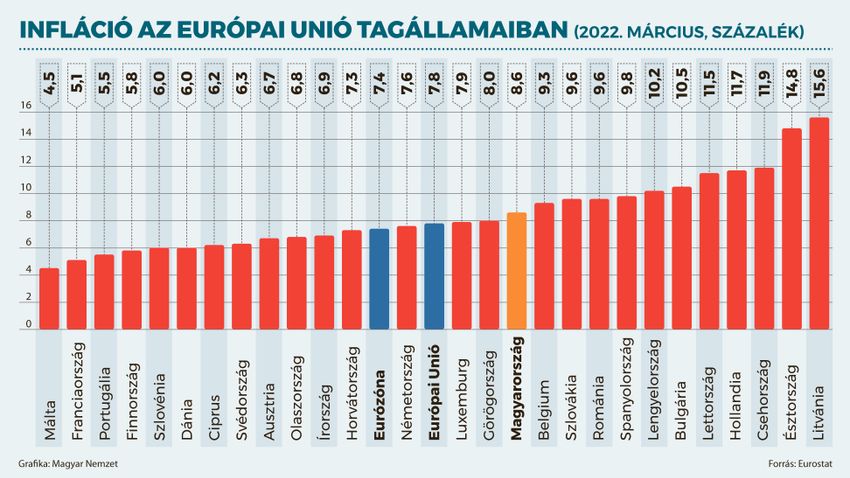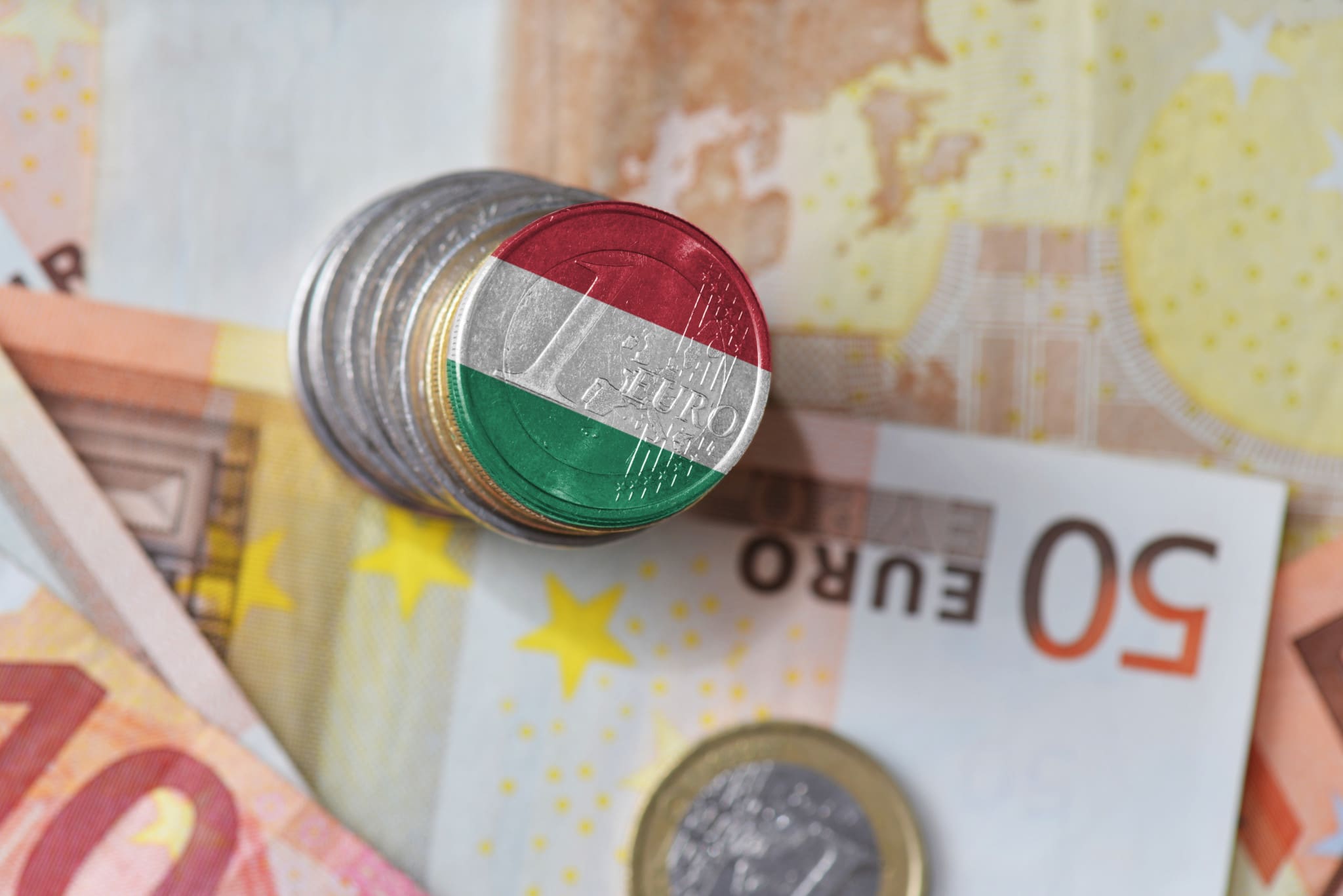Contrary to the opposition’s claim that the rate of inflation in Hungary is now by far the highest in the European Union, Eurostat data shows the rate as being close to the EU average, Finance Minister Mihály Varga revealed in a post published on his social media platforms on Friday.
In a Facebook post, Varga revealed that inflation in the Central and Eastern European region is much higher than average. For example, Romania and Slovakia have 9.6 percent, Poland 10.2 percent, and the Czech Republic 11.9 percent.
However, at 8.6 percent, the Hungarian rate of inflation is only slightly above the EU average of 7.8 percent.

“Eurostat data shows that inflation is high across Europe due to rising energy prices,” Varga explained, adding that the Hungarian government had taken “substantial steps to mitigate the effects, which will dampen inflation by several percentage points.”
Rising inflation is a problem affecting almost every EU member state. An analysis by Hungary’s Central Statistics Office (KSH) summarized how the figures developed across the bloc last year.
Research found that transport costs rose the most, with consumer prices and services rising by an average of 6.8 percent in the EU. This is mainly due to the increase in gas and diesel prices, and can be explained by rising global oil prices which also affect Hungarian inflation. Diesel has risen by an average of 16.1 percent and gas by 18.1 percent in the member states.
The KSH also drew attention to the fact that the price increase in the case of housing, water, electricity, gas and other fuels was 4.8 percent, mainly due to the rising energy prices from the second half of 2021. The last time there was such an increase in the European Union was back in 2011.
In Hungary, due to the officially fixed and thus unchanged electricity and gas utility prices, this increase was smaller than the average, around 2 percent, the study noted.
Food prices rose an average of 1.6 percent across the bloc last year. The increase was typical for the second part of the year, with the EU average changing from 1.6 percent in July to 4.3 percent in December. The reason behind the food price increase in Europe is the same as in Hungary, with gas, fertilizer and other material costs feeding into one another.
The price of hospitality and accommodation services increased by an average of 2 percent in the EU and 5.5 percent in Hungary. During the past year, similarly to Hungary, an upward trend in the inflation rate of the product group was observed throughout Europe.
In other words, the impact on prices of rising demand in parallel with the alleviation of the epidemic and the efforts to make up for the shortfall in the hospitality sector was observed not only in Hungary but also internationally, the statistical office wrote.
Cabinet minister Gergely Gulyás recently explained the 2022 budget will need to be amended due to the jump in inflation, but no concrete decision has yet been made on the details.






